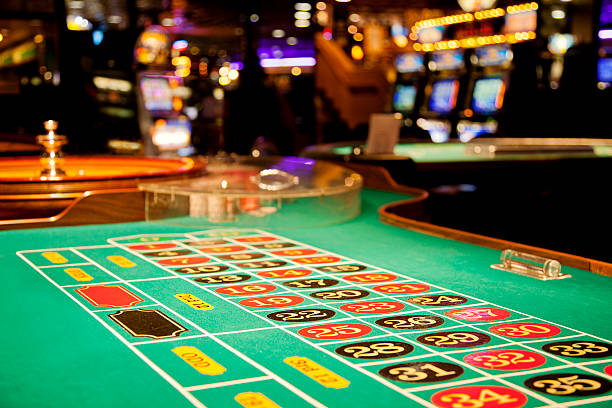
Anime and manga are two primary pillars of Japanese pop culture that have enthralled audiences worldwide. While many fans enjoy both formats, they frequently find themselves considering the differences between them. At its core, manga refers to the comic books and graphic novels that feature unique storytelling and artistic styles, typically serialized in magazines or published in volumes. This medium allows readers to immerse themselves in intricate plots and detailed illustrations, presenting a world created solely through the artistry of the creators.
One of the key distinctions between manga and anime lies in their formats. Manga is typically black and white, concentrating heavily on line art and vibrant characters. It permits for a deeper exploration of themes and character development at a speed that may vary from its animated counterparts. 888b Although adaptation from manga to anime is common, the intrinsic qualities of each medium offer varying experiences for audiences. Recognizing these differences not only enhances appreciation for the stories told but also highlights the distinct artistry involved in bringing these narratives to life.
What is Manga?
Manga refers to a form of comic book that started in Japan. It includes various genres and motifs, appealing to a wide range of age groups and interests. Manga is typically characterized by its distinctive art style, often featuring expressive characters and dynamic action sequences. The stories can vary from lighthearted to intense, providing readers with a wide spectrum of narratives.
One of the most distinctive aspects of Manga is its presentation. manga is usually released in monochrome, which helps keep production costs down and allows for intricate line work that can express emotions and movement effectively. Most manga is read from right to left, mirroring traditional Japanese reading habits. This method can be an acclimatization for those unfamiliar with it, but it contributes to the genuine experience of engaging with the material.
manga is often published in installments in magazines, with chapters released on a weekly basis or once a month. Once a plot is complete, the chapters may be gathered into books known as tankobon. This method allows for in-depth storytelling and character development over time. manga has become a major part of global pop culture, affecting a wide range of media and leading to adaptations into anime, movies, and video games.
Illustration Style and Display
Manga is famous for its unique art style, which frequently features over-the-top facial expressions and energetic action scenes. Artists employ a range of techniques, from intricate line work to varying shading methods, to create depth and emotion in their illustrations. The unique black-and-white format of the majority of manga allows for a focus on the quality of lines and texture, giving each panel a dramatic visual clarity. Illustrators often use screentones to add delicate shading and texture, enhancing the overall aesthetic while keeping a minimalist approach.
The presentation of Japanese comics is also an important aspect that differentiates it from animated series. Typically published in collected editions or serialized in magazines, manga pages are designed to guide the reader’s eye from panel to panel, creating a seamless flow of storytelling. The use of white space within the panels allows for a thoughtful pacing that can build tension or evoke emotion, something that may be missed in more animated formats. Additionally, the ability to control the reader’s pace through their reading speed adds a special layer to the experience, as individuals can dwell on details or rush action sequences.
In terms of character creation, manga frequently showcases a diverse range of styles, from lifelike depictions to more stylized, whimsical interpretations. This variety of artistic expression enables creators to bring to life their characters in multiple ways, reflecting not just personality but also emotions. The overall display of manga, with its intentional artistry and thoughtful layout, ensures that readers interact with the material in a way that is both involving and individual.
Manga Perception and Format
Manga offers a distinct literary journey that is unique from its video counterpart. Readers engage with the story through black-and-white artwork, enabling them to enjoy detailed illustrations that often convey deep emotions and subtle expressions. The reading flow typically goes from right-to-left, which might seem strange for those used to European comic formats, but it contributes to the genuineness and cultural experience of reading manga.
The structure of manga changes, often presented in serialized chapters that are eventually collected into volumes called tankobon. This enables readers to consume stories in digestible segments, creating anticipation for the upcoming chapter. The compact nature of manga also means that creators can concentrate on rhythm and character development in ways that might not be feasible in a more extended, animated format. The capacity to binge-read entire series in one sitting is a delightful aspect that many fans value.
Moreover, the engagement of manga extends to the reader’s mind. Without the influence of voice acting, sound effects, and motion, readers interpret these elements themselves, resulting to a personal interpretation of the story. This fosters a deeper connection with the material, as readers visualize characters and settings in their own distinct ways. Overall, the journey of reading manga is not just about the story itself, but about the intimacy of engaging with crafted illustrations on the page.



